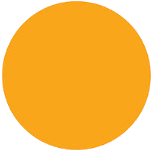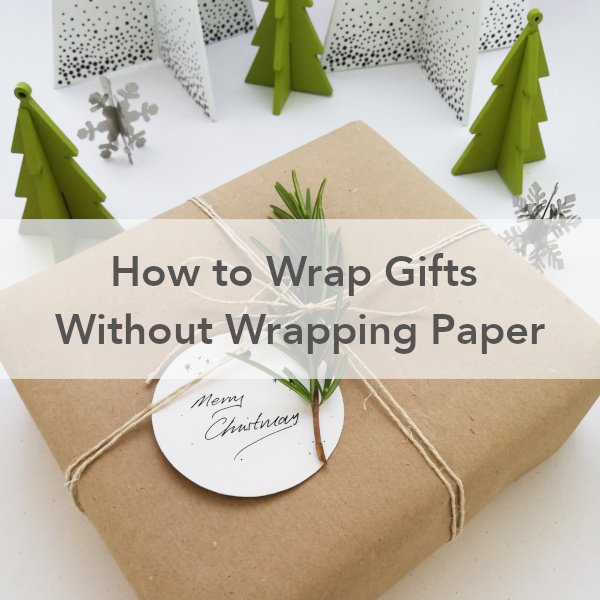How to Stop Buying Stuff
One of the first things I did to live a more sustainable lifestyle was to learn how to stop buying stuff. If you’ve read my blog post on 20 Ways to be Sustainable in Everyday Life, you’ll noticed that addressing this consumerist habit is at the top of the list. To me this is the first step of sustainable living.
How Did We Get Into This Mess?
How did we become accustomed to buying so much stuff and feeling the need to continually consume? The short answer is marketing.
We have it ingrained into our minds that we need things to be happy. Marketing tells us we won’t be happy unless we buy this, that or the other. Or they make us think that we are being left behind if we don’t buy their new thing because everyone else has it.
We grow up believing these things and continue living this way during our adult lives. They tap into our emotions and use them to make us believe that their product will fix our problems. When the reality is it only makes things worse. It borders on emotional blackmail.
If we look at the truth, we buy stuff to feel better and it does make us feel better for a short period of time. Here lies the problem. The feelings are only short lived and so we feel we need to buy another thing to make us happy again, and so it continues. Before we realise it we have a house full of stuff that we don’t need or use.
What Are The Consequences
Unfortunately, buying loads of stuff we don’t need has a big impact on the environment. It continues to use up our earths precious resources, it pollutes the air, the water and the soil and leaves more waste in our landfills.
Buying more stuff tells companies that we still want them to keep producing stuff and unfortunately most of it is cheap, easily disposable items made from non biodegradable materials. In turn, companies continue to burn fossil fuels, mine for materials and dispose of waste into our waters.
Once we realise we don’t actually want the item anymore, they end up in landfill or our waters where they continue to pollute the environment by leaking toxins into the water and soil.
We really need to come together to do something about this and the best way is to stop telling those big corporations that we want their stuff.
Does This Mean We Can’t Buy Anything?
Learning how to stop buying stuff doesn’t mean we can’t buy anything at all, rather that we need to go about it in a different way. By really analysing our needs and wants, considering the impact of our actions and being responsible for the choices we make.
What if There’s a Sale On?
OK so we’re all tempted by sales. However, it’s one thing to buy something we need during a sale to save some money and another thing to buy stuff we don’t need just because there is a sale on.
Whether there is a sale on or not, the below steps will help us all to keep track of what we’re buying and why.
So let’s get down to it!
How to Stop Buying Stuff in 6 Steps
The fact that you’re here reading this means you want to stop buying things and that you probably know about everything I’ve mentioned above already. That is the first step!
The second thing to do is to really appreciate the value of everything. To really understand how much energy and labour goes into making something, only then will we truly be grateful for everything we already have and not buy so carelessly.
How much time and energy does it take? Where does it come from? What resources are used? What will happen to it afterwards when it is no longer wearable/useable?
Then before I buy anything, I like to ask a few questions first.
Do I Actually Need It?
Is it something that I just want or do I actually need it? Consider the answer and then wait a while. A week, 2 weeks, a month and then re-evaluate this question. Do I still need it? If the answer is yes, move to question 2.
Do I Already Have One I Can Fix?
Is there one already available to me that I can try and fix or ask/pay someone to fix for me? For example, if it’s a pair of shoes, can I take them to the cobblers to fix the problem? If the answer is no, move to question 3.
Can I Get It Second Hand?
Once I’ve decided I actually need something and I don’t have one I can fix, I always try and find it second hand first. Search on local buy nothing groups, FB marketplace and local charity shops. I sometimes find that they have exactly what I’m looking for.
If Not, Can I Make It Myself?
Is it something I have the skill to make? Or can I find instructions online on how to make it? Maybe you can sew, knit/crochet or are good with woodworking? Maybe you can make whatever it is you need instead of buying.
Is the Company Ethical and Sustainable?
If after all the above questions, I still need to buy something then I always try and find it from an ethical, sustainable company who I know works with our wonderful earth and not against it. These good companies need our support.
Research the company you are thinking to buy from. Where do their materials come from? Do they treat their staff well and pay fairly? How transparent are they about how they work? Make sure you are happy with their ethics before supporting them.
What is it Made of?
If I’m buying something new, I always try to aim for something that is made of natural materials like organic cotton, linen or hemp. They are less damaging to the environment during production and this helps me answer the question about what happens to it afterwards.
With natural materials we have more peace of mind about what happens to them. A item of clothing made from polyester will only ever end up in landfill, even if we sell it on as second hand or wear it until the end of its days; it will still end up in landfill and remain there for years and years.
Due to the fact that cotton, linen and hemp are all natural, we know that wherever they end up, it won’t be as damaging as synthetic fibres. We can even choose to compost them at home.
More Sustainable Living Tips
Join the Mailing List
Sign up to the mailing list for tips on sustainable living straight to your inbox.







